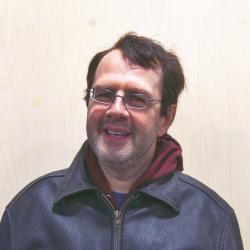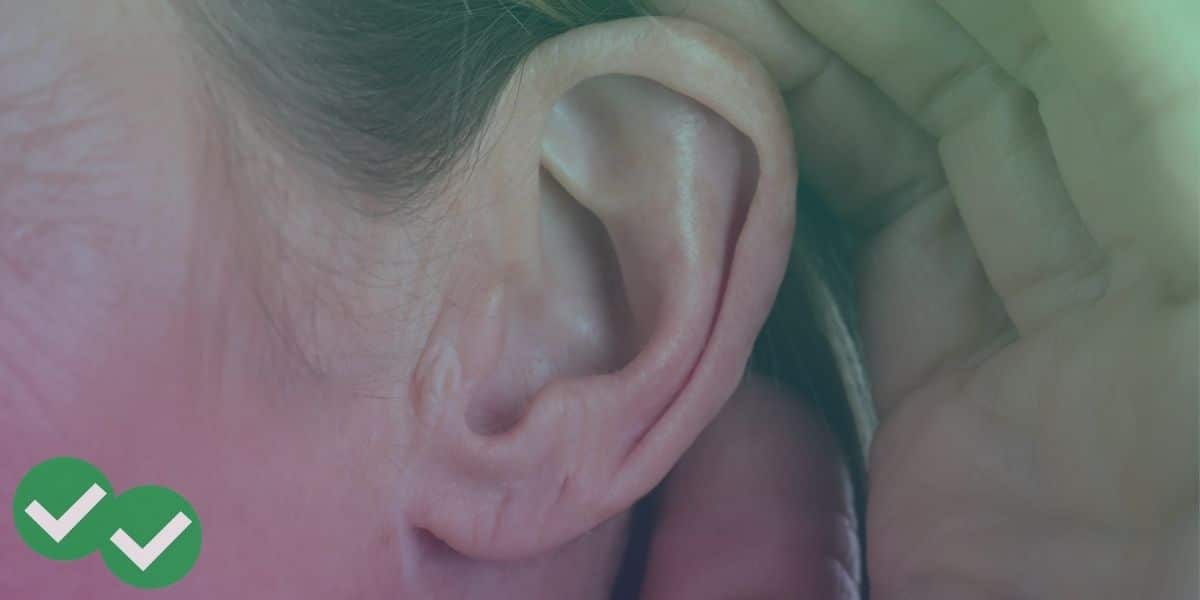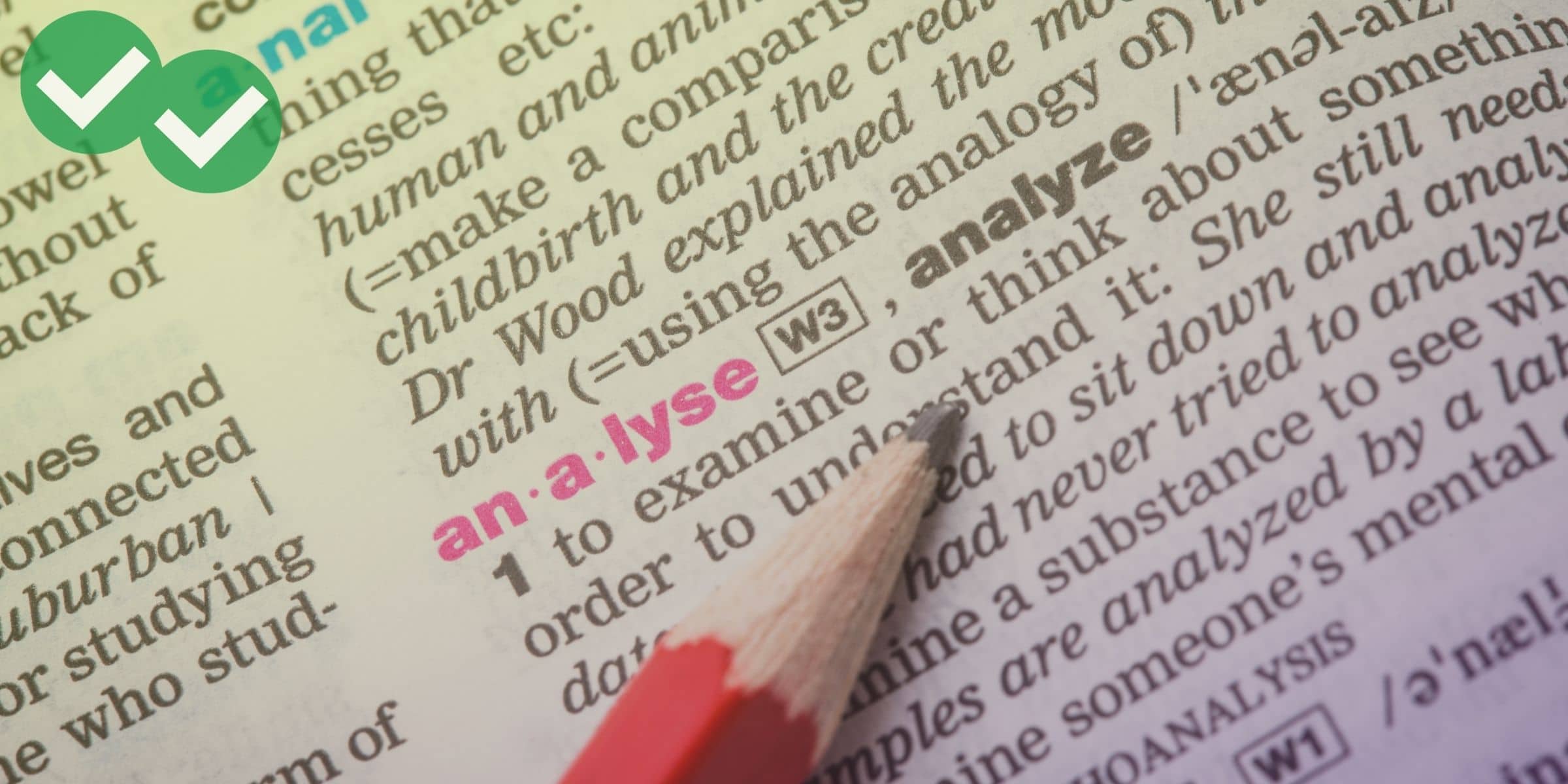In nearly all TOEFL Listening prep materials, you’ll be given the chance to read transcripts of what you hear. Sometimes the transcripts appear at the bottom of the screen as subtitles, and sometimes an entire transcript appears below a video or listening activity.
Transcripts are included in prep materials with good reason. As you start to build your listening skills, it’s important to check your comprehension against what was actually said. Reviewing transcripts helps you understand exactly what you’ve misheard and gives you insight into why you misheard it.
Eventually though, you’ll need to do without transcripts. In fact, understanding speech without looking at a written version is a crucial TOEFL skill. There are no transcripts on the exam, and three of the exam’s four sections require a lot of listening.
Breaking free of dependency on transcripts isn’t easy. Sometimes it helps to go without transcripts a minute or two at a time. And that’s where “Minute Science” videos are really useful.
Minute Science videos are two different series of very short educational videos created by Henry Reich. I’ve already mentioned one of Reich’s series, Minute Earth, in an earlier post about educational videos. Reich’s other series is called Minute Physics.
Both of these video series feature very TOEFL-like topics. Minute Earth covers biology and earth-based geology, two very common academic topics on the TOEFL. And Minute Physics focuses on the physical world that immediately surrounds us, which is a very TOEFL-like take on physics. Another TOEFL-like feature of these videos is their length. Most minute science videos are between two and five minutes long, just like a TOEFL lecture.
As I mentioned in my earlier post, Minute Science videos are narrated with fast speech, faster than the average pace of a TOEFL lecture. However, even this is TOEFL-relevant. The TOEFL has slow speech as a general rule, but TOEFL speech ultimately has an inconsistent pace. There are moments where a TOEFL lecturer may say a few important words or phrases very quickly. The constant fast pace of Minute Earth and Minute Physics can help you prepare for the occasional fast-pace of TOEFL lectures.
Overall, Minute Science videos act as great short “listening workouts” where you build your ability to understand what you hear without a transcript in a variety of ways. One thing you can do as you start to practice is to rely on visual cues instead of a full written version of what you hear. Minute Science videos use cute simple animation. This non-linguistic context can help you better recognize the English audio.
Getting good at understanding speech through context is the first step away from transcript reliance. Another good transcript substitute is to rewind and replay the words you hear. On longer speeches, this can be overly time consuming. If you constantly have to rewind and double check audio on a 20+ minute speech, you could wind up spending an hour just dealing with one speech. In Minute Earth and Minute Physics, a 2-minute video can be watched in less than 10 minutes, even when you rewind the video to double check things you didn’t hear correctly.
Using visual context and rewinding to check what you hear both mimic “real life” listening skills outside of the TOEFL. In real English listening, you’ll always have some visual context to help you understand English. And rewinding is a lot like asking someone to repeat themselves if you don’t understand something they just said.
As you use these videos to practice listening, try to get less and less reliant on replays and visual clues, so that your listening ability reaches TOEFL level. At some point, switch from the videos on YouTube and Facebook to the audio-only podcasts on iTunes. That way you can listen without any extra context, visual or written, just as you will on the TOEFL Listening section. Once you reach that point, you’ll be ready for the exam listening experience, and real-life listening too.





